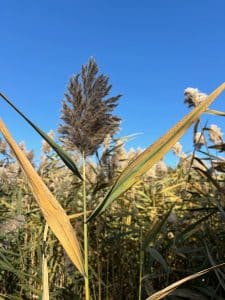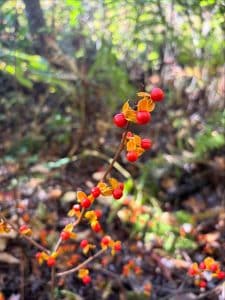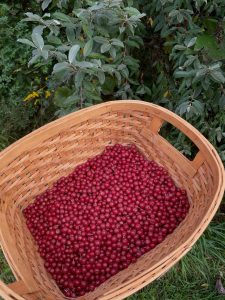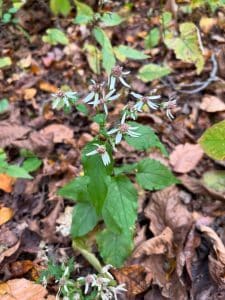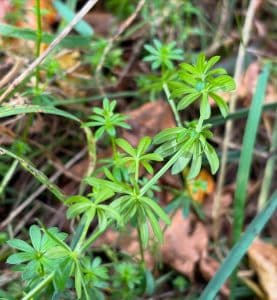Page Created by Connecticut Foraging Club
Upcoming Events | Meet the Instructors | Plant Archive | Mushroom Archive
----------------
Upcoming Events | Meet the Instructors | Plant Archive | Mushroom Archive
----------------
Bicolor Bolete (Baorangia bicolor) is an edible mushroom that can be found from June-October. It has a mycorrhizal relationship with oak and other hardwood trees.

Bicolor boletes grow in the ground scattered or in small clusters.
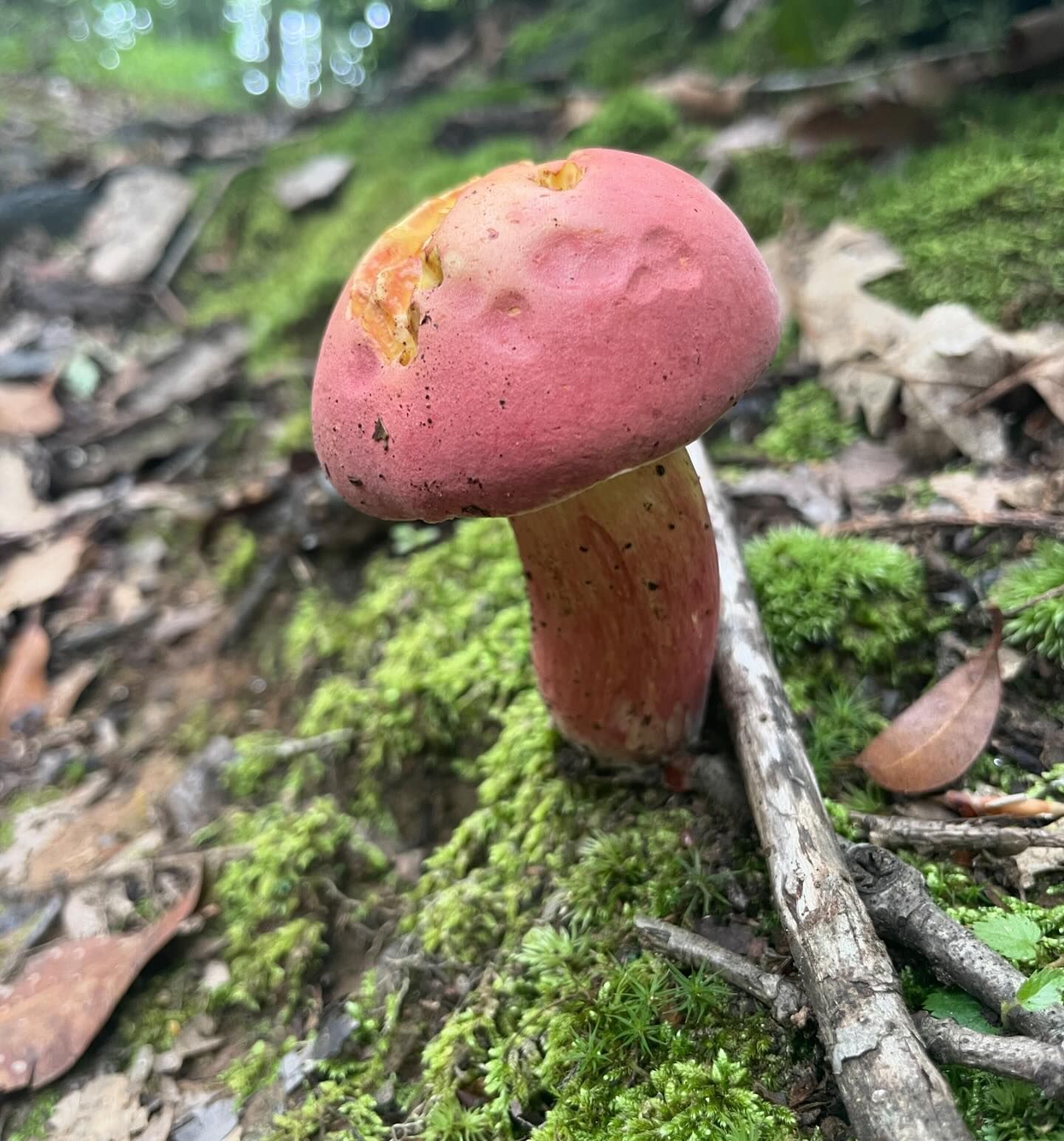
The cap is pinkish to dark red. Occasionally young mushrooms will have a yellow cap. The pore surface is yellow and slowly bruises blue. The blue bruising can lighten to tan after a few minutes.
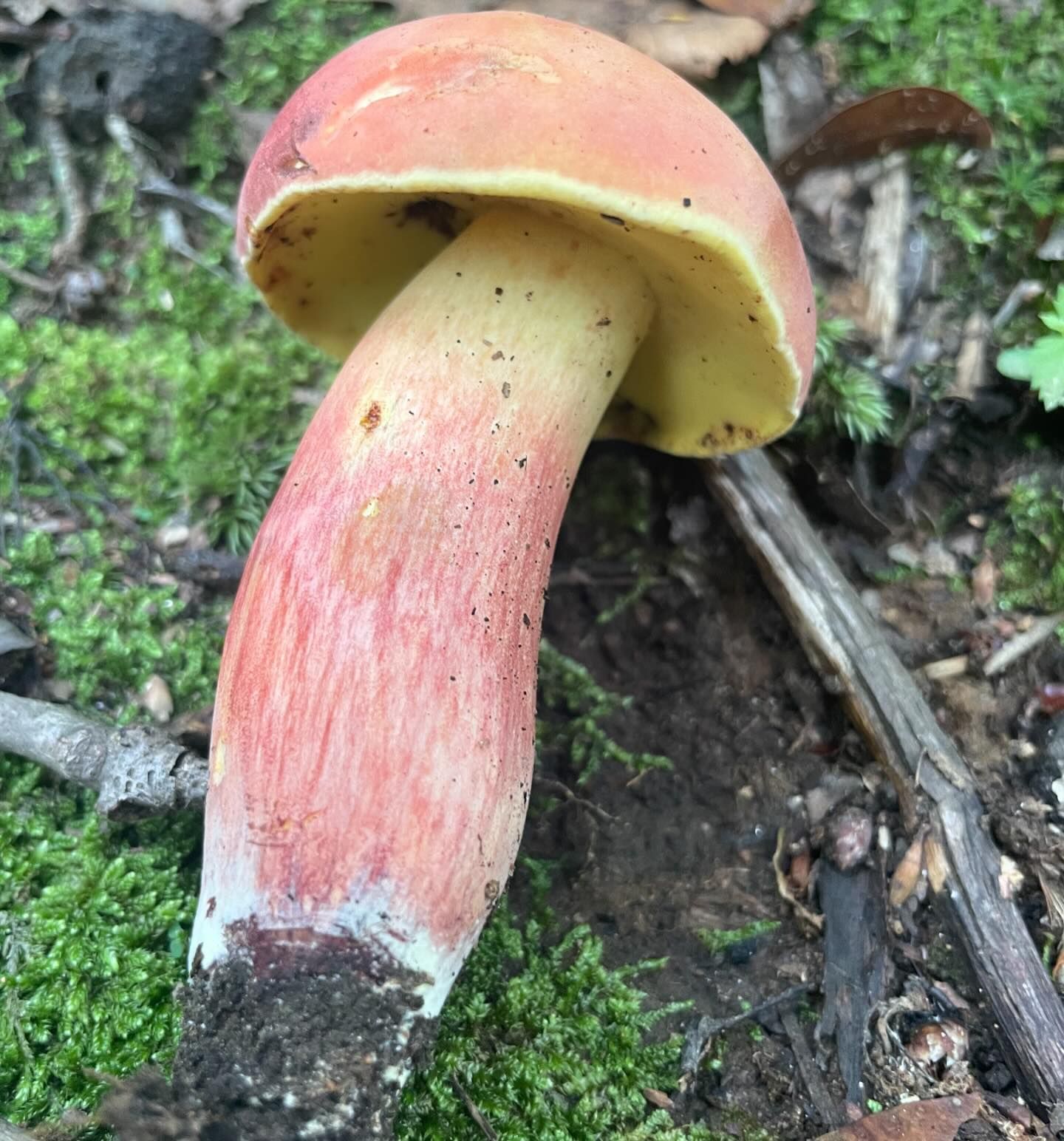
The stem is usually streaked red or pink, with yellow at the top. The top of the stem may have some mild reticulation. The stem flesh is yellow and may slowly bruise blue. The spore print is olive brown.
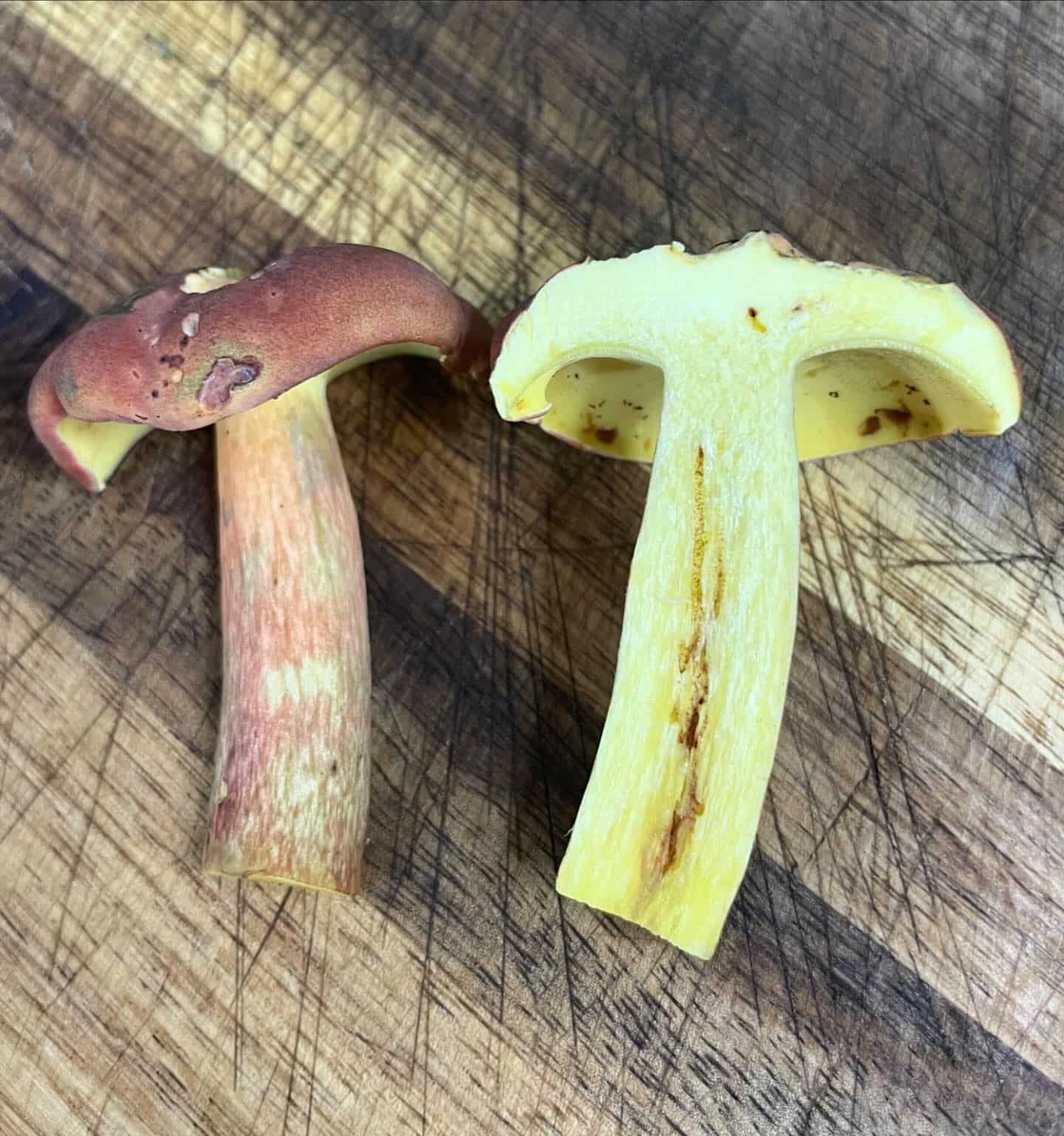
The bicolor bolete has many look-a-likes. One toxic look-a-like to be aware of is Boletus sensibilis, whose pores and flesh turn dark blue within seconds of touching it.
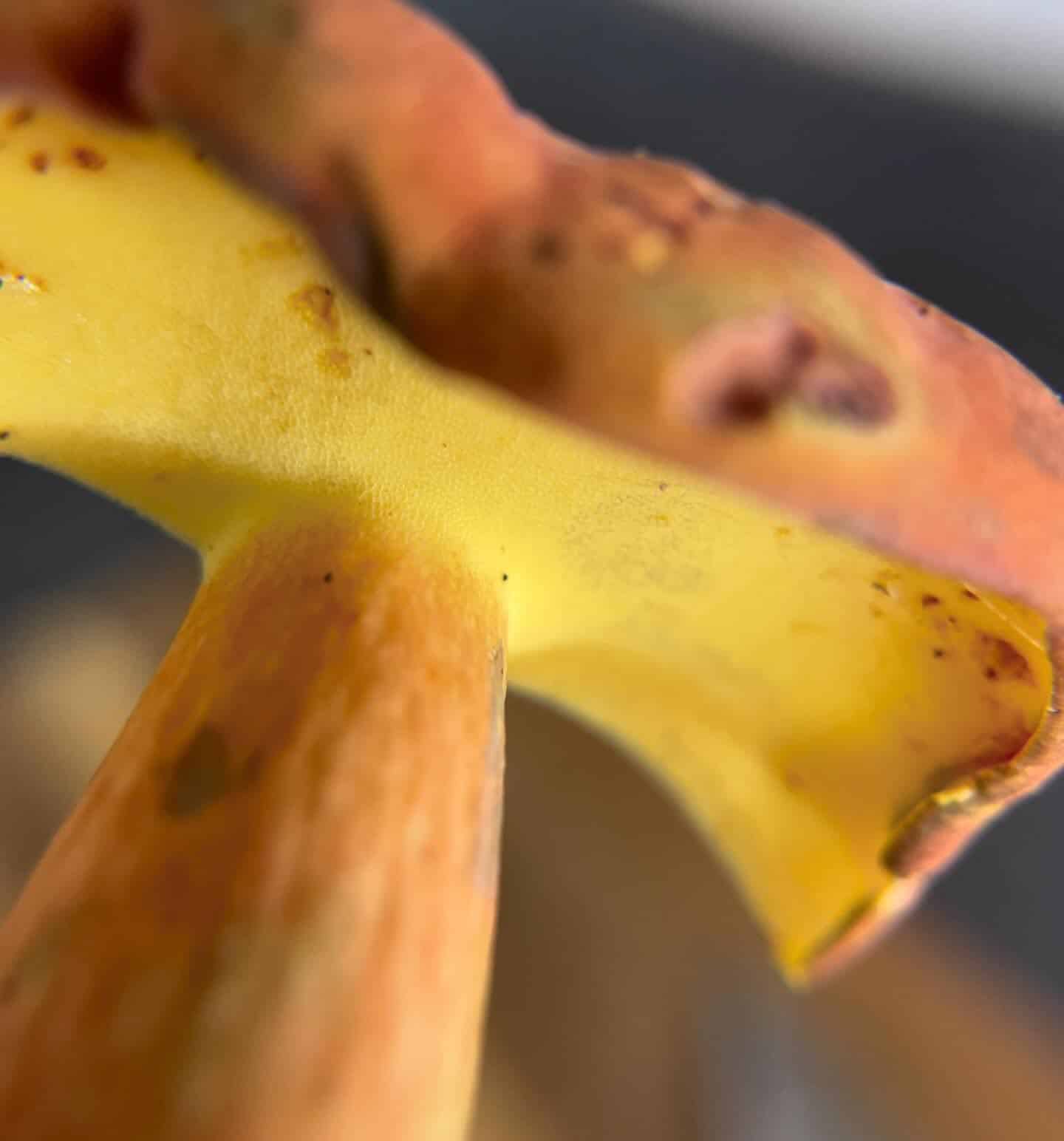
The bicolor bolete has a mild taste that is sometimes compared to porcini.
--
Written by Amy Demers, founder of the Connecticut Foraging Club. To learn more about foraging in Connecticut, check out our upcoming classes.


